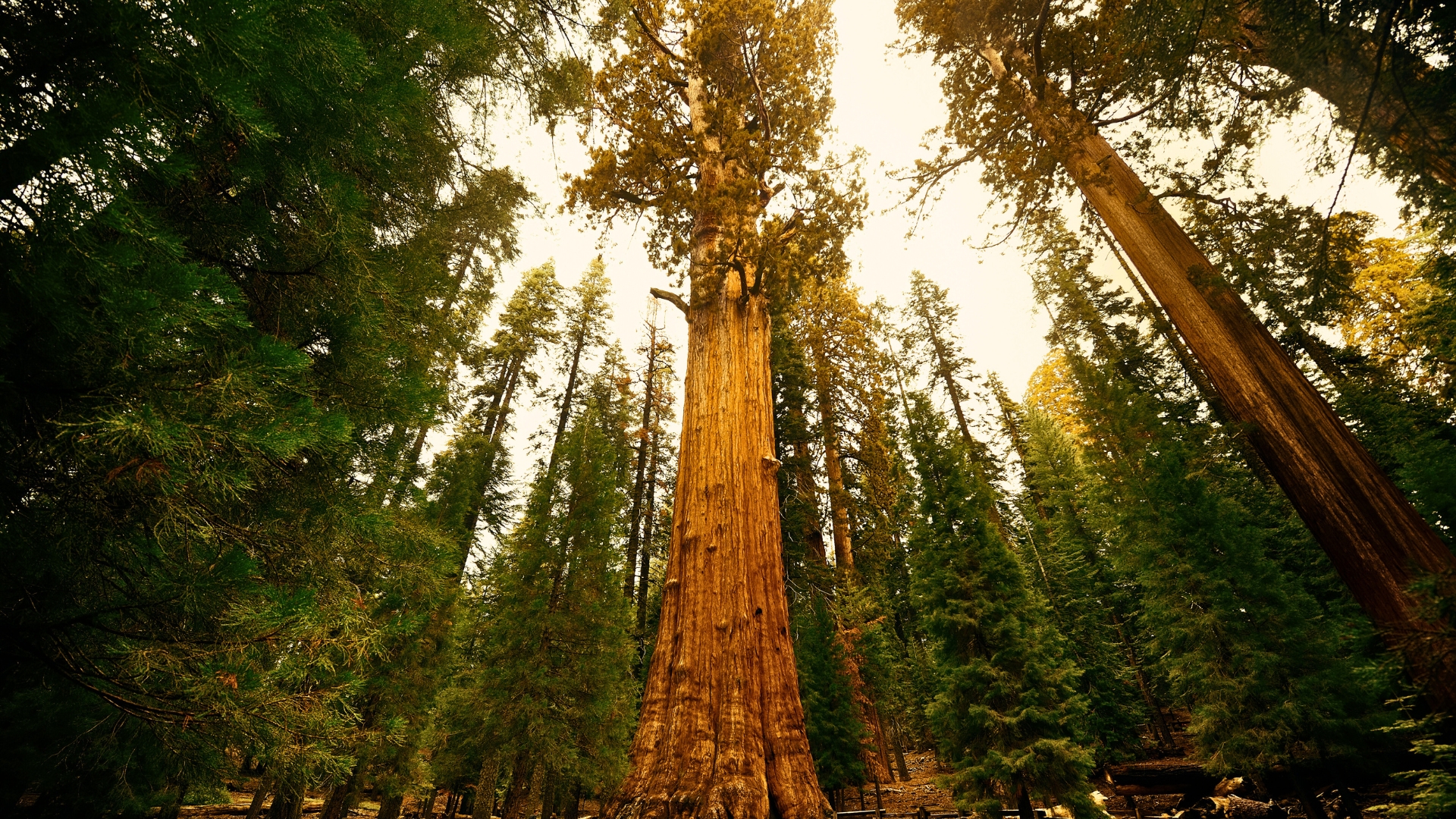You’ll Be Amazed By These 15 Massive Trees That Are Still Thriving Today
I’ve always been fascinated by giant trees—there’s just something magical about their size and age. These massive wonders have been around for ages, quietly growing and thriving through it all.
It’s wild to think some of them have been standing since before people even walked the earth. I can’t wait to share 15 of these incredible giants that still rule the landscape today.
Trust me, you’re about to see some truly unforgettable trees!
1. General Sherman

Standing tall in California’s Sequoia National Park, this colossal giant sequoia is considered the largest tree on Earth by volume. Its trunk contains enough wood to build 120 houses!
Named after Civil War General William Tecumseh Sherman in 1879, this natural skyscraper continues to grow each year, adding enough wood to make another good-sized tree. At roughly 2,200 years old, it has survived countless forest fires and climate changes.
2. Hyperion
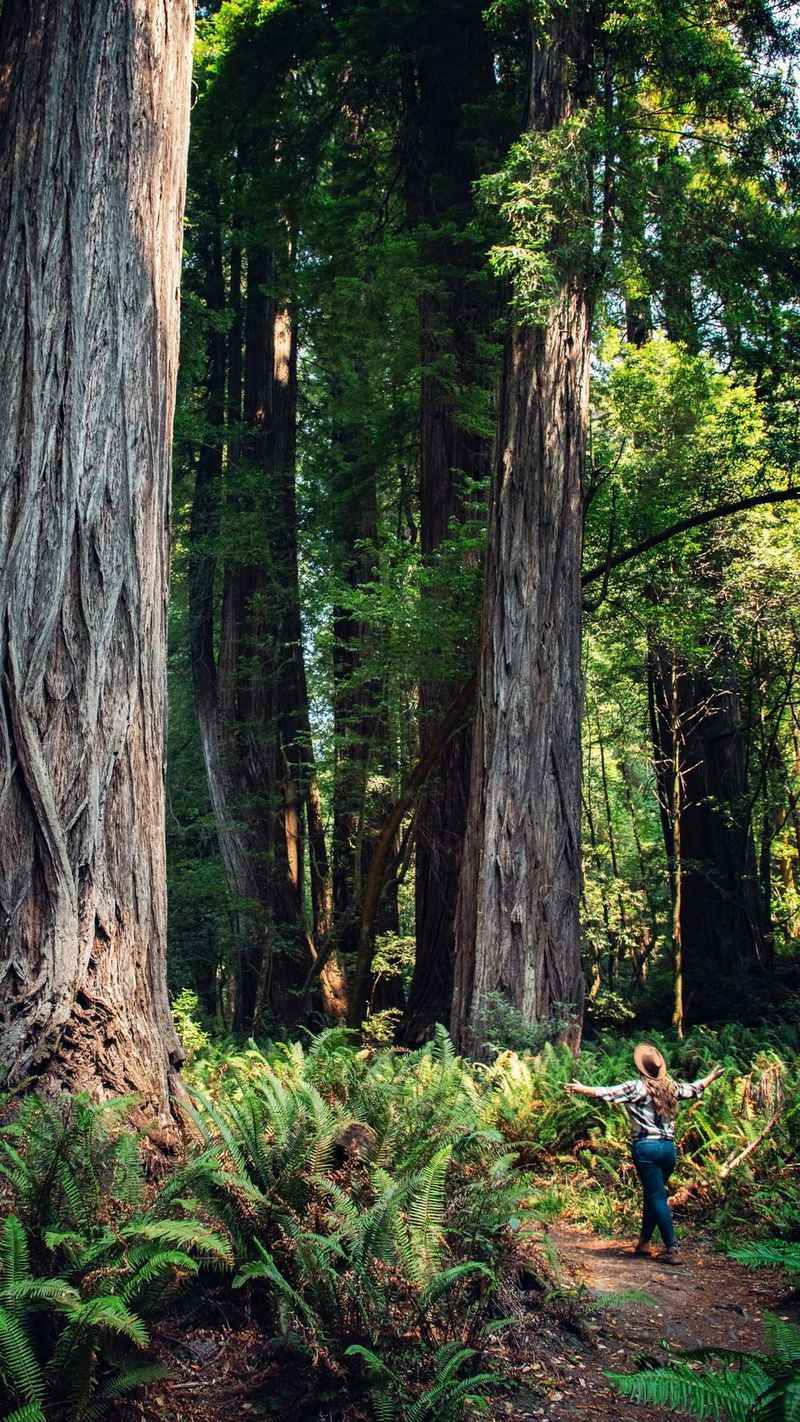
Hidden deep within Redwood National Park, this coastal redwood holds the title of tallest living tree on our planet. Discovered only in 2006, its exact location remains a closely guarded secret to protect it from potential damage.
Stretching an incredible 379.7 feet skyward, Hyperion reaches higher than the Statue of Liberty. Scientists believe it could be between 700-800 years old, relatively young for its species, suggesting it might grow even taller in coming centuries.
3. Tule Tree

Mexico’s famous Árbol del Tule boasts the widest trunk of any tree worldwide. Located in Santa María del Tule, this Montezuma cypress has a circumference measuring an astounding 119 feet around.
Local Zapotec legend claims the tree was planted 1,400 years ago by a priest of the Aztec storm god. Its massive trunk has distinctive gnarly formations that locals say resemble animals and other shapes, earning it the nickname “The Tree of Life.”
4. Jomon Sugi
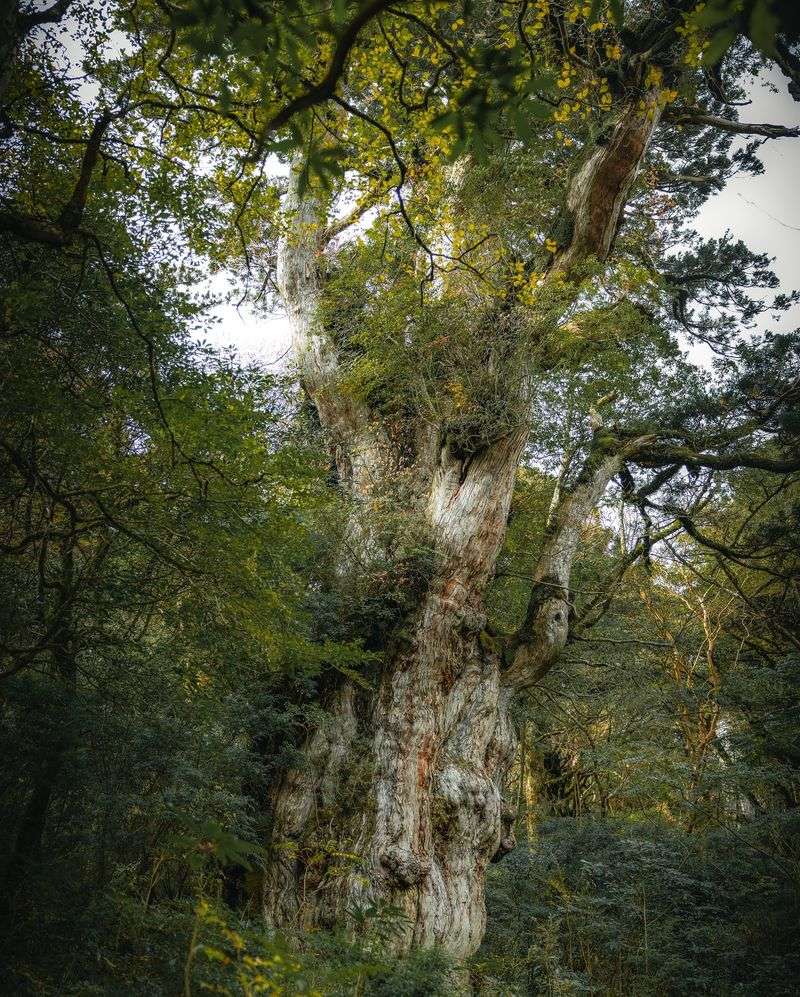
Japan’s oldest living tree grows on remote Yakushima Island, requiring a challenging hike to witness its ancient splendor. This cryptomeria (Japanese cedar) has stood sentinel for between 2,170 and 7,200 years, depending on the measurement method.
Named after Japan’s Jomon period, the tree was likely already ancient when Buddhism first arrived in Japan. Its twisted, weathered trunk tells the story of countless typhoons and storms weathered over millennia, while its location in a UNESCO World Heritage site ensures its continued protection.
5. Pando
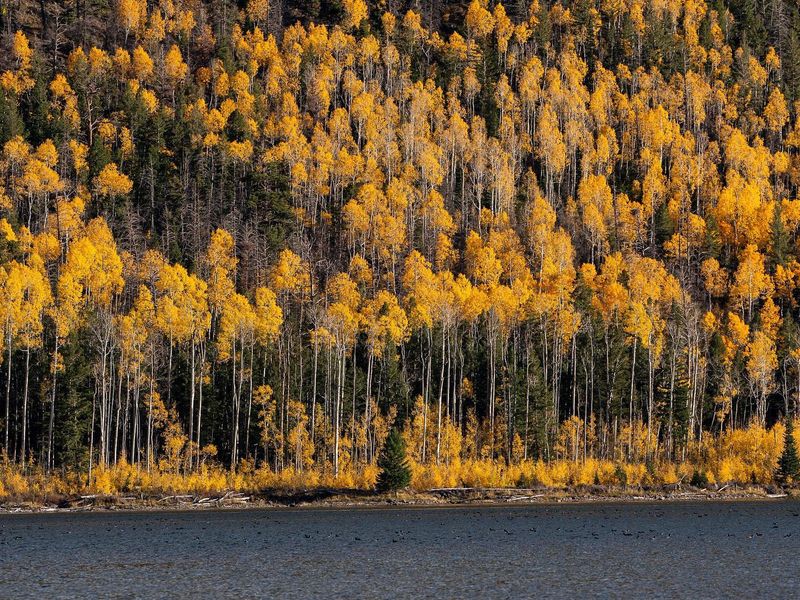
Looking like a forest but actually a single organism, this aspen clone in Utah consists of 47,000 genetically identical trunks connected by a single root system. Covering 106 acres, Pando is considered the heaviest known living organism on Earth.
Scientists estimate this remarkable being is at least 80,000 years old, possibly much older. Unfortunately, Pando is currently declining due to a combination of drought, insect infestation, and grazing animals, prompting conservation efforts to protect this unique natural wonder.
6. Methuselah
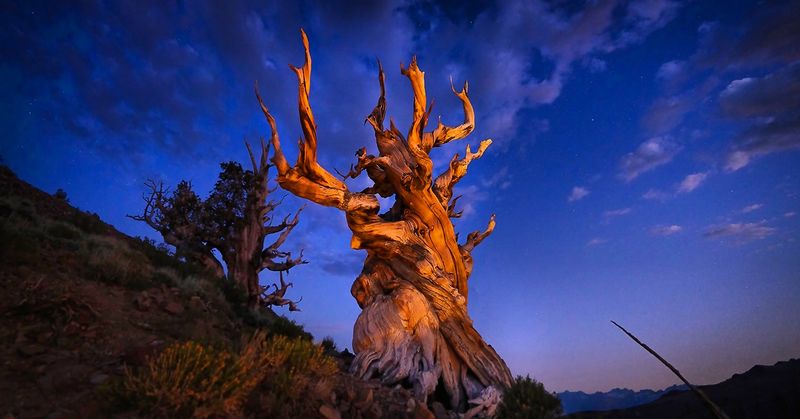
Tucked away in California’s White Mountains stands a bristlecone pine that was already ancient when the pyramids were built. At 4,853 years old, it held the title of world’s oldest tree until an even older specimen was discovered nearby.
Its exact location remains undisclosed to protect it from souvenir hunters. Growing in harsh, high-altitude conditions with minimal water and poor soil, Methuselah demonstrates the remarkable resilience of these trees, which grow extremely slowly but develop dense, resin-rich wood resistant to insects, fungi, and rot.
7. Major Oak
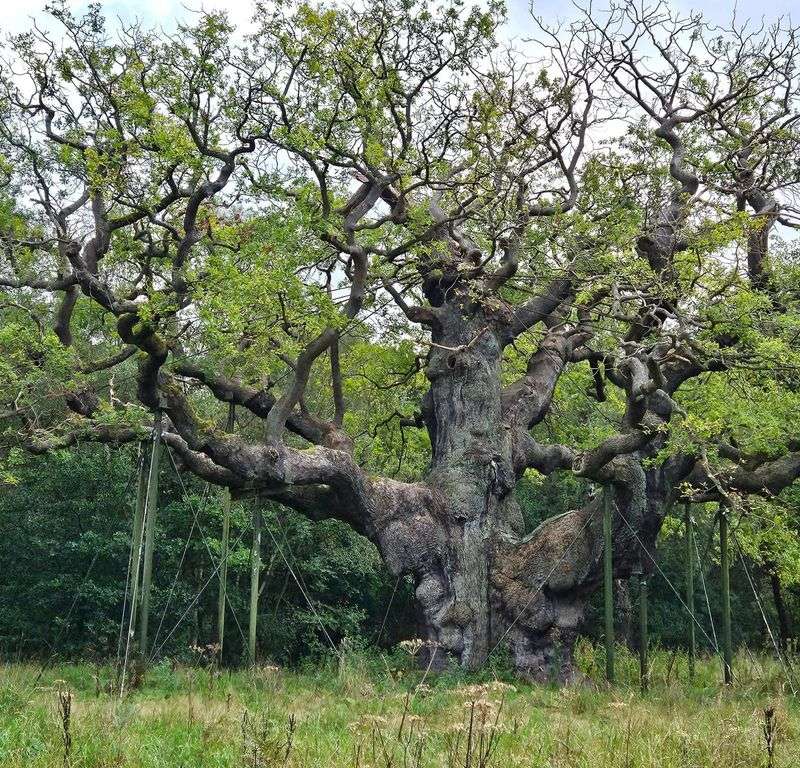
England’s legendary Sherwood Forest houses this massive oak tree, famously associated with Robin Hood’s adventures. According to folklore, the hollow trunk served as a hideout for the famous outlaw and his merry men.
With a canopy spread of 92 feet and a trunk circumference of 33 feet, this botanical celebrity requires steel poles to support its massive limbs. Estimated to be between 800-1,000 years old, the Major Oak continues to attract thousands of visitors yearly who marvel at its impressive size and historical connections.
8. Boab Prison Tree

Australia’s unusual bottle-shaped boab tree near Derby, Western Australia has a dark history. Its hollow trunk, measuring 14 meters in circumference, was once used as a temporary prison cell for Aboriginal prisoners in the early 1900s.
Estimated to be over 1,500 years old, this distinctive tree represents both natural wonder and painful colonial history. Today, it’s a protected heritage site and tourist attraction, with fencing installed to prevent damage from the thousands of visitors who come to see this living piece of Australian history.
9. Centurion

Australia’s tallest tree hides in the forests of Tasmania, standing at an impressive 330 feet tall. This mountain ash eucalyptus was discovered in 2008 using laser technology that mapped the forest canopy.
Named after the Roman centurion officers, this towering giant survived devastating wildfires that swept through the area in 2019. Forest ecologists monitor Centurion closely, as it represents one of the few remaining super-tall trees in a region that has experienced significant logging and environmental challenges.
10. Old Tjikko

Sweden’s unassuming spruce might not look impressive at first glance, but its root system has been growing for an astounding 9,550 years. This makes it the world’s oldest known individual clonal tree.
Discovered in 2004 on Fulufjället Mountain, this survivor from the last Ice Age uses a process called vegetative cloning. When the trunk dies, the root system generates a new one in the same spot. The current visible trunk is relatively young, but it’s genetically identical to the original tree that began growing shortly after the glaciers receded.
11. Chestnut of 100 Horses
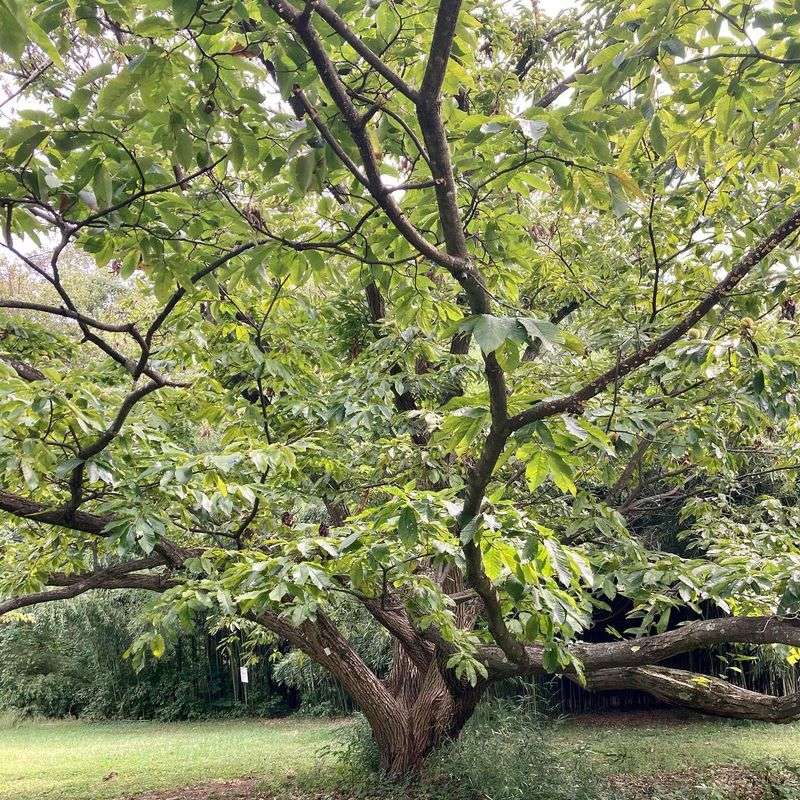
Sicily’s ancient chestnut tree earned its name from a legend where it sheltered a queen and her 100 knights during a thunderstorm. With a circumference measuring 190 feet, it’s recognized as the largest and oldest chestnut tree in the world.
Growing on the slopes of Mount Etna, this botanical marvel is between 2,000-4,000 years old. Though it now appears as several trunks, DNA testing confirmed they belong to a single organism that split over time. Despite surviving countless eruptions from nearby Mount Etna, it now faces threats from tourism and climate change.
12. Great Banyan
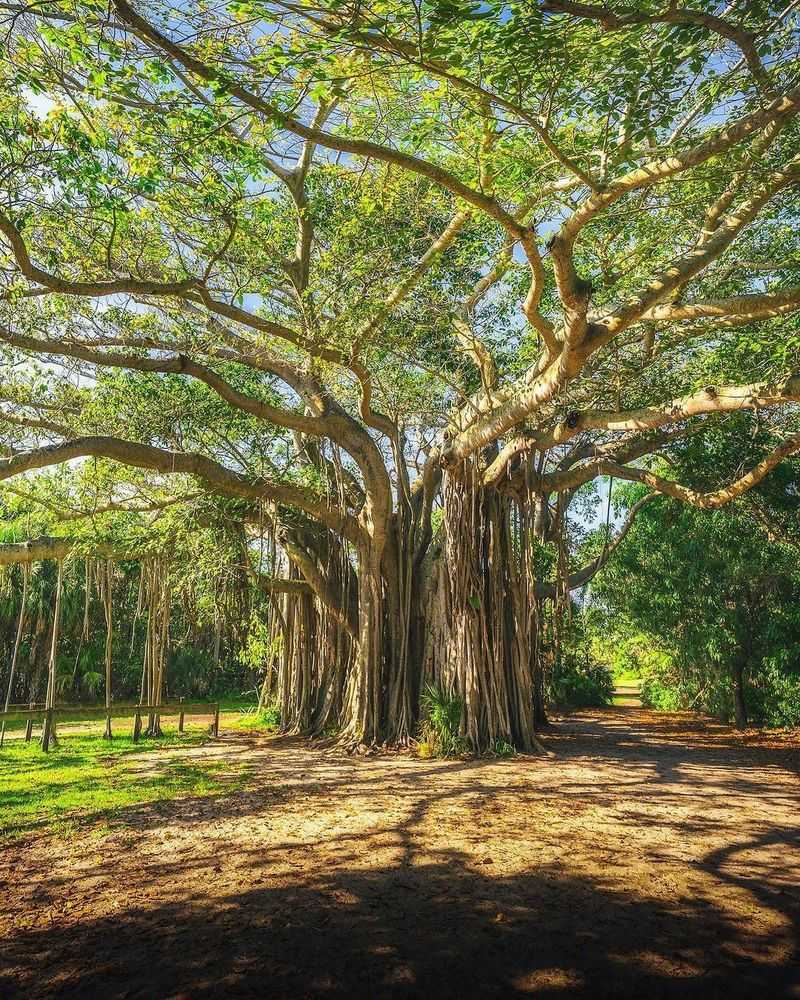
India’s botanical marvel spreads across 4.7 acres with over 3,600 aerial roots that look like individual trees. Located in Kolkata’s botanical garden, this single banyan tree creates its own mini-forest that can shelter thousands of people.
The main trunk was removed in 1925 due to fungal infection, but the tree continued to thrive and expand. Visitors can walk through the labyrinth of roots and experience being inside what appears to be a forest but is actually a single living organism, making it one of the most unique tree experiences in the world.
13. Tāne Mahuta
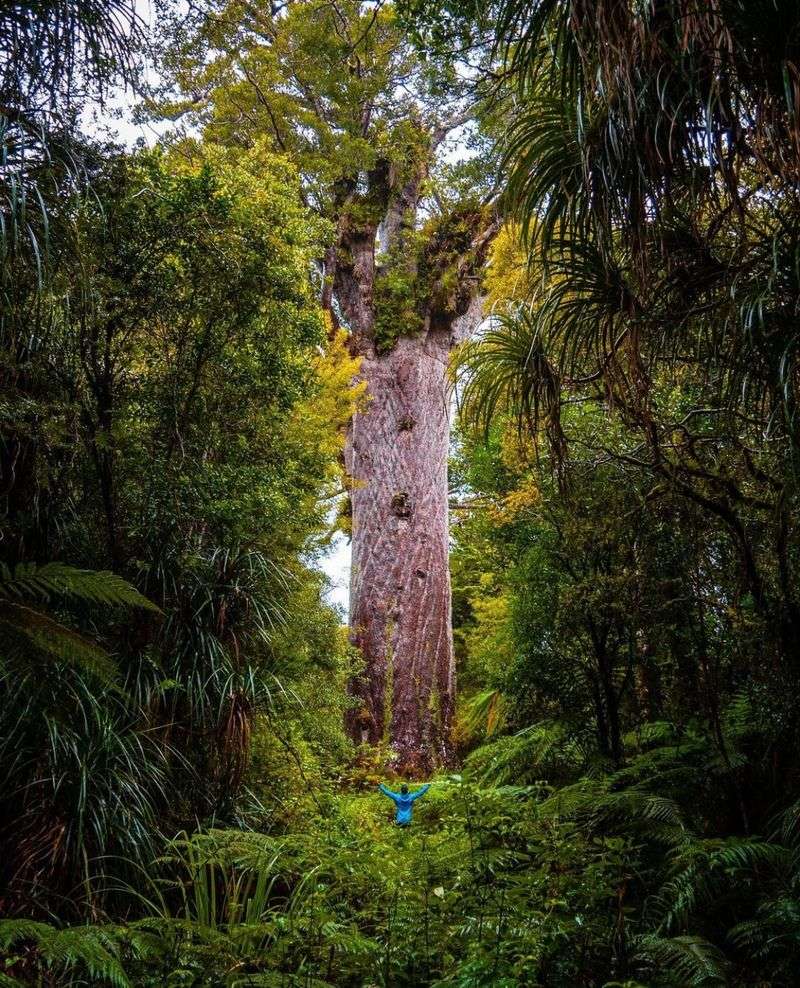
New Zealand’s sacred kauri tree stands as ‘Lord of the Forest’ in the Waipoua Forest. Māori legend holds that this tree separated earth and sky, creating space for all living things to thrive.
Estimated to be between 1,250-2,500 years old, Tāne Mahuta reaches 168 feet tall with a trunk circumference of 45 feet. Currently threatened by kauri dieback disease, conservation efforts include special boardwalks to prevent soil disturbance and strict cleaning protocols for visitors’ shoes to protect this living taonga (treasure).
14. Dragon Blood Tree
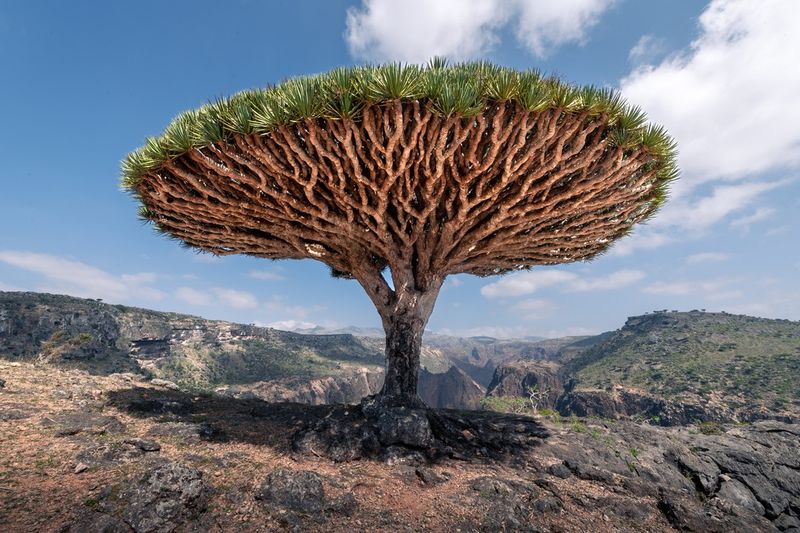
Yemen’s otherworldly umbrella-shaped trees on Socotra Island look like something from a science fiction movie. Their name comes from the dark red sap they produce when cut, which was highly prized in ancient times as medicine, dye, and varnish.
These distinctive trees can live for 600 years and have evolved their unique shape to adapt to the harsh, dry environment. Their dense canopy provides shade and reduces evaporation, while their height allows them to capture moisture from passing clouds in an otherwise arid landscape.
15. Avenue of the Baobabs
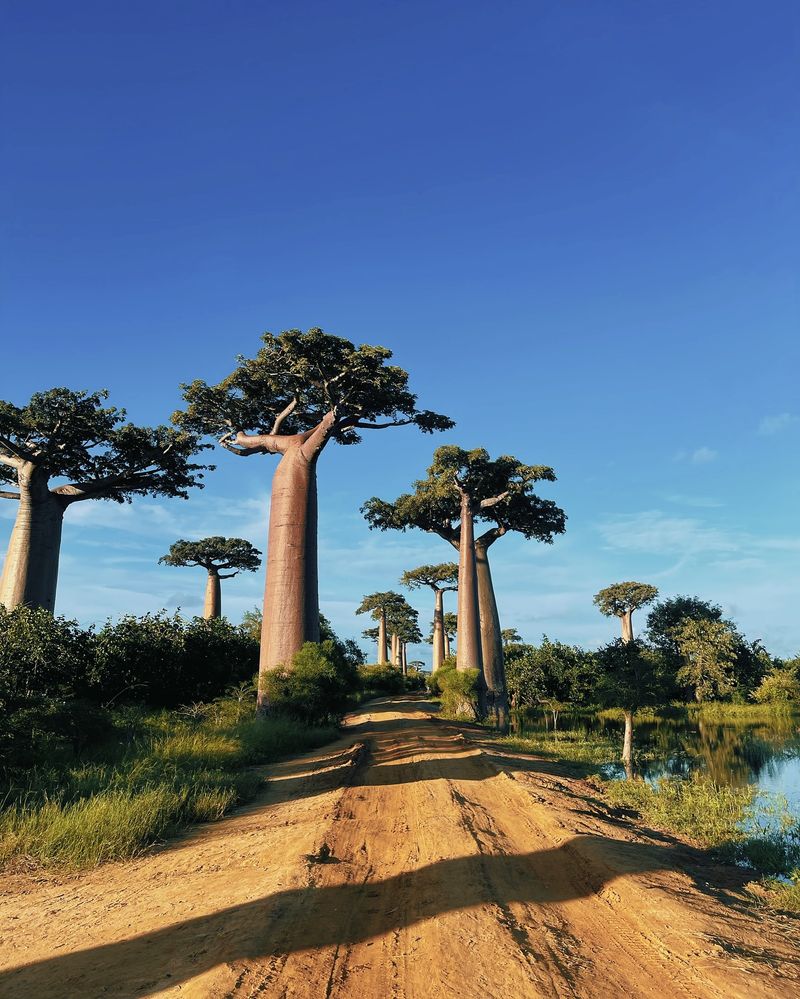
Madagascar’s iconic landscape features a dirt road lined with massive baobab trees reaching 100 feet tall. These ancient sentinels, some over 2,800 years old, are all that remain of a once-dense tropical forest.
Known as the “upside-down tree” because their branches resemble roots, baobabs store water in their massive trunks to survive the dry season. These particular trees belong to the species Adansonia grandidieri, found only in Madagascar and now endangered due to habitat loss, making this natural avenue a precious living monument.

